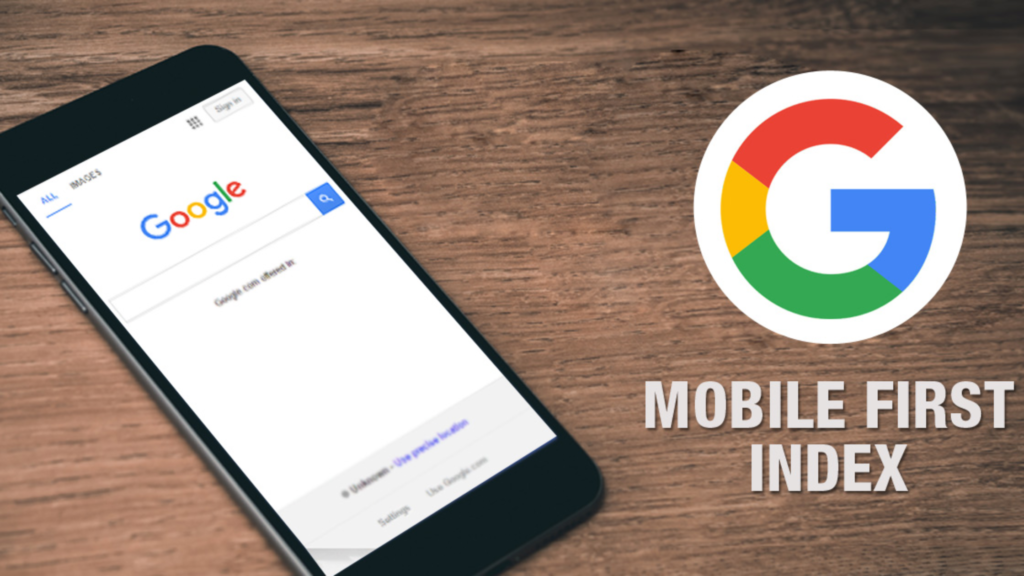If you live and breathe product insights such as performance, SEO and accessibility standards then you are probably already using Google Lighthouse to measure these metrics and make informed decisions as to improvements to your platform (if you’re not, then this is a subtle hint to say you should be!)
In this article I’ll go through how to use Lighthouse and how you can supercharge your insights using some cool tools that show your reports on dashboards and have automation features.
Let’s get cracking.
What Is The Google Lighthouse Audit Tool?
Google Lighthouse offers a free and accessible tool for website owners and developers to gain valuable insights into their page’s performance, SEO, accessibility, and usability. This comprehensive audit tool empowers individuals to identify areas for improvement and optimize their websites for both search engines and human visitors.
A Holistic Audit Experience:
Lighthouse analyzes a webpage across four key metrics:
- Performance: This assesses the page’s loading speed and identifies opportunities for optimization, ensuring a smooth and responsive user experience.
- Accessibility: This evaluates the page’s accessibility for users with disabilities, ensuring everyone can access and enjoy the content.
- Best Practices: This analyzes the page’s adherence to SEO best practices, providing valuable guidance for improving search engine ranking and organic traffic.
- Progressive Web Applications (PWA): This evaluates the page’s potential to function as a PWA, offering an app-like experience even without installation.
Clear and Actionable Insights:
Lighthouse reports are designed to be user-friendly and understandable, even for non-technical individuals. They clearly identify issues and offer specific recommendations for improvement, empowering website owners and developers to take immediate action.
Democratising Performance Optimization:
Previously, website performance optimization was often the domain of experts. Lighthouse democratizes this process by providing a simple and accessible tool for everyone to analyze their website and identify areas for improvement. This empowers individuals to take control of their website’s performance and user experience.
Beyond Technical Expertise:
Focusing on user experience and performance, Lighthouse encourages a holistic approach to website development. It goes beyond technical SEO and emphasizes the importance of creating a website that is user-friendly, accessible, and enjoyable to navigate.
Evolution of the Audit Panel:
While Lighthouse itself is relatively new, the concept of website auditing within Chrome has been around for some time. Prior to Chrome version 60, a separate Audit panel existed.
The integration of Lighthouse into the Audit panel in Chrome 60 and later versions significantly enhances the user experience, providing a seamless and convenient way to access these valuable insights.
How To Install Lighthouse
Google Lighthouse offers several convenient ways to access and utilize its powerful auditing capabilities:
- Chrome DevTools:
This is arguably the simplest and most user-friendly option, particularly for pages requiring authentication. Reports are delivered within 90 seconds, directly within your browser window.
Steps:
- Download Google Chrome for desktop.
- Enter the desired URL in the search bar.
- Right-click anywhere on the page and select “Inspect Element.”
- Click the “Audit” tab and enable all categories.
- Click “Run Audit” to generate the report.
2. Node Command Line Tool:
This option requires installing Node.js and Google Chrome, followed by the Lighthouse tool itself.
Steps:
- Install Node.js and Google Chrome (long-term support version recommended).
- Install Lighthouse globally with the command: npm install -g lighthouse.
- To run an audit, use: lighthouse <URL>.
- For help with options, use: lighthouse –help.
- Optional: Run Node module programmatically.
3. Chrome Extension:
The Chrome extension offers a similar experience to Chrome DevTools, requiring installation for use.
Steps:
- Download Google Chrome and install the Lighthouse extension from the Chrome web store.
- Visit the page you want to audit.
- Click the Lighthouse icon near the address bar or access it from the Chrome main menu.
- Click “Generate Report.”
- The report will run within the current window and automatically open a new tab with the results.
Choose the method that best suits your workflow and technical comfort level to unlock the valuable insights offered by Google Lighthouse.
How Google Lighthouse Audit Works
Regardless of the chosen method for running the Google Lighthouse audit, the results remain consistent. The tool analyzes the provided URL, generating a detailed report with scores reflecting the page’s performance across various metrics.
Users can then leverage this information to identify areas for improvement and create a roadmap for optimization.
A significant benefit of the Google Lighthouse audit is the accompanying reference document. This document comprehensively explains the rationale behind each audit and provides actionable guidance for addressing any identified issues.
This comprehensive resource empowers users to effectively implement necessary changes and enhance their website’s performance.
Sharing Your Insights:
Google Lighthouse facilitates collaboration and knowledge sharing by offering a dedicated viewer option. This online platform enables users to conveniently view and share their audit reports. Depending on the chosen workflow, sharing requires the JavaScript Object Notation (JSON) output of the report. This human-readable format facilitates data transmission and interpretation.
Alternatively, Google Lighthouse reports can be shared as GitHub Gists. This platform offers free version control, allowing users to track and manage revisions to their reports. This fosters transparency and collaboration, enabling teams to work together effectively towards optimizing website performance.
A Closer Look at the Tests
While we’ve already established that the Google Lighthouse audit examines performance, accessibility, best practices, and progressive web applications, let’s dive deeper into each component to fully grasp its impact.
Performance Audit:
- Metrics: This section analyzes key metrics like First Contentful Paint (FCP) and Largest Contentful Paint (LCP), revealing the loading process and identifying bottlenecks.
- Opportunities: Here, Lighthouse provides actionable steps to improve page speed, including suggestions for image and link compression, and optimizing other resources.
- Diagnostics: This section delves into advanced performance optimizations, suggesting techniques like reducing critical render paths and deferring non-essential resource loading.
Accessibility Audit:
This component assesses the page’s usability for users with disabilities and impairments. It evaluates aspects like screen reader compatibility and compliance with accessibility best practices.
Best Practices Audit:
This section ensures adherence to Google’s SEO guidelines and web design best practices. It identifies areas for improvement to avoid performance pitfalls and modernize page elements.
Progressive Web Applications (PWA) Audit:
This component evaluates PWA performance based on three key factors:
- Speed: Measures loading speed and responsiveness.
- Reliability: Assesses offline functionality and service worker effectiveness.
- Engagement: Evaluates features like push notifications and home screen icons.
The audit provides a checklist of features and highlights areas for improvement, helping developers refine their PWA and achieve optimal user experience.
Understanding the Architecture:
To fully appreciate the audit’s capabilities, it’s helpful to understand its underlying architecture:
- Driver: Interfaces with Chrome’s debugging tools, enabling data collection.
- Gatherers: Utilize the driver to collect information about the page and create artifacts.
- Audits: Analyze the gathered artifacts to test specific criteria and assign scores.
- Categories: Group audit results into relevant categories and provide weighted scores for each.
This intricate interplay between these components allows Google Lighthouse to generate comprehensive reports, offering invaluable insights for website optimization and performance enhancement.
Google Lighthouse Audit is Changing the SEO Game
For the first time in a significant period, web developers have gained an invaluable upper hand in the realm of SEO. Google Lighthouse has revolutionized the landscape, removing much of the guesswork associated with website development and performance optimization. Its detailed reports provide unprecedented clarity, pinpointing aspects of your website that contribute to or hinder its success.
Armed with this knowledge, developers can approach SEO with a renewed perspective. These factors, in turn, directly translate to enhanced SEO performance and a greater likelihood of achieving desired results.
Final Thoughts
Lighthouse is an amazing insight tool written by some of the best engineers in the field. As a Product Owner, gathering and distilling insights in not just how customers use your platform but how it performs for them is one of your most important functions.
A highly optimized platform that responds quickly will not only delight your customers but help to retain them and engage with your content or purchase your products.
Gathering these insights is one part of the puzzle. After distilling them, you can easily put them in your Product Backlog for your team to develop, and then see a tangible improvement to your platform within days or weeks.



